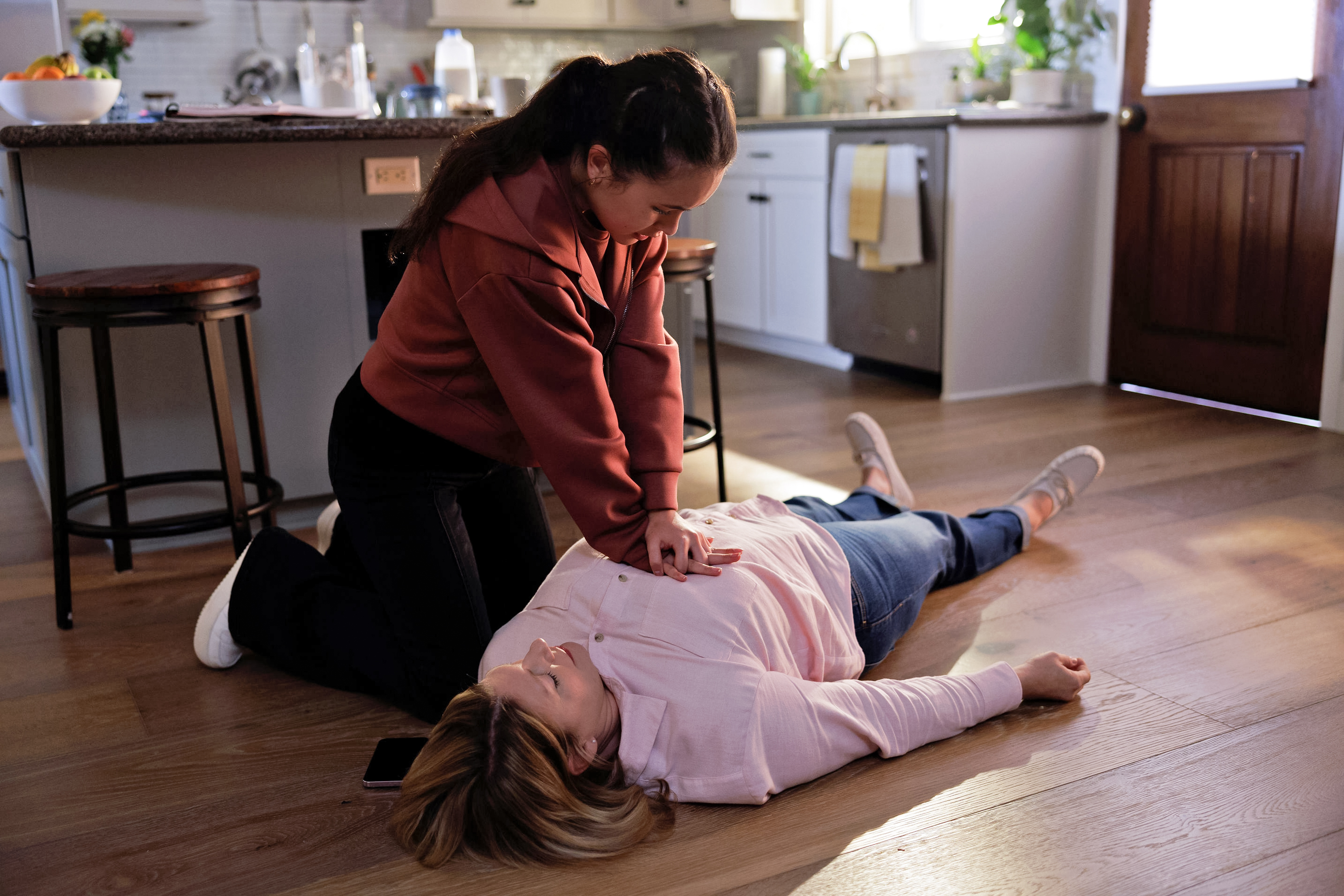FAQ: 2025 CPR Guidelines Updates on Choking Response, Opioid Emergencies, and Chain of Survival

Summary
The 2025 American Heart Association Guidelines for CPR and Emergency Cardiovascular Care provide updated lifesaving recommendations for managing choking, suspected opioid overdose, and cardiac arrest response. These revisions aim to empower people to act effectively during emergencies when every second counts.
What are the key updates in the 2025 CPR guidelines?
The guidelines include new choking response methods for conscious children and adults, updated infant choking procedures, a new algorithm for suspected opioid overdose treatment, a unified chain of survival for all cardiac arrest cases, and evidence that children 12+ can learn effective CPR and defibrillation.
How has the guidance for choking response changed for conscious children and adults?
The new guidance recommends alternating five back blows followed by five abdominal thrusts until the object is expelled or the person becomes unresponsive, replacing the previous approach that called for abdominal thrusts only for children.
What is the updated procedure for choking in infants?
For infants, rescuers should alternate between five back blows and five chest thrusts using the heel of one hand until the foreign object is expelled or the infant becomes unresponsive, with abdominal thrusts not recommended due to injury risk.
What new guidance is provided for suspected opioid overdose emergencies?
The guidelines provide a new algorithm for treating individuals with suspected opioid overdose, including public access guidance on naloxone use to address the 80% of worldwide drug overdose deaths caused by opioids.
What changes were made to the chain of survival concept?
The systems of care volunteer writing group elected to revert to a single chain of survival for all forms of cardiac arrest, whether adult or pediatric, in- or out-of-hospital, creating a unified approach.
At what age can children effectively learn CPR and defibrillation according to the new evidence?
Evidence shows that children 12 years old or older can be taught effective CPR and defibrillation, expanding the potential pool of trained rescuers in communities.
Why are these guideline updates significant for public health?
These updates are significant because out-of-hospital cardiac arrests result in death 90% of the time, and the new recommendations translate the latest science into clear, lifesaving guidance that empowers people to act during critical emergencies.
What recommendations are provided to improve lay-rescuer response to cardiac arrests?
To improve lay-rescuer response to out-of-hospital cardiac arrests, the guidelines recommend support for media campaigns, instructor-led training, and community training to increase public readiness.
When were these updated guidelines officially released?
The 2025 American Heart Association Guidelines for CPR and Emergency Cardiovascular Care were published on October 22, 2025, in the Association’s flagship journal, Circulation.

This story is based on an article that was registered on the blockchain. The original source content used for this article is located at NewMediaWire
Article Control ID: 260610